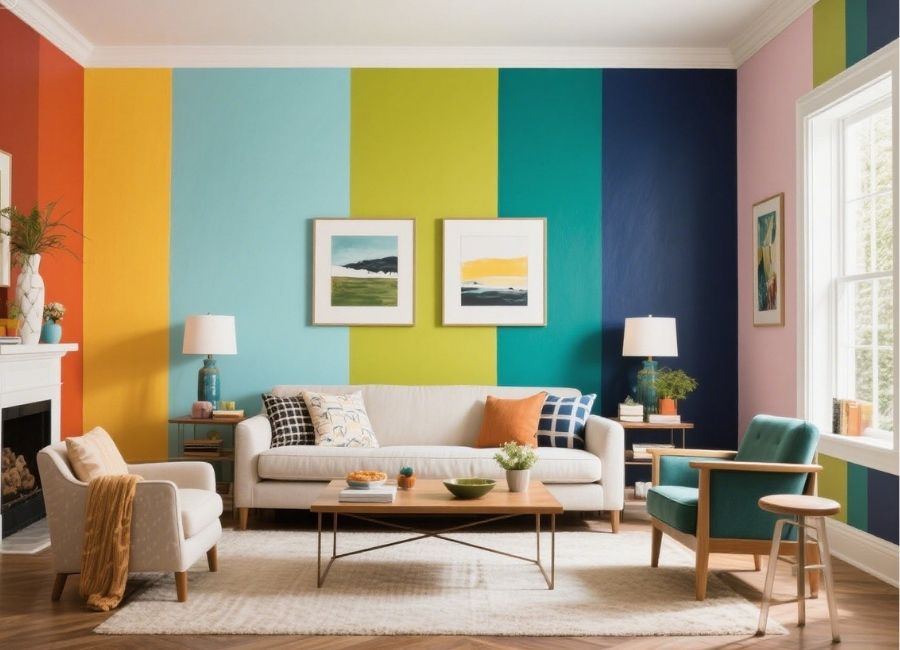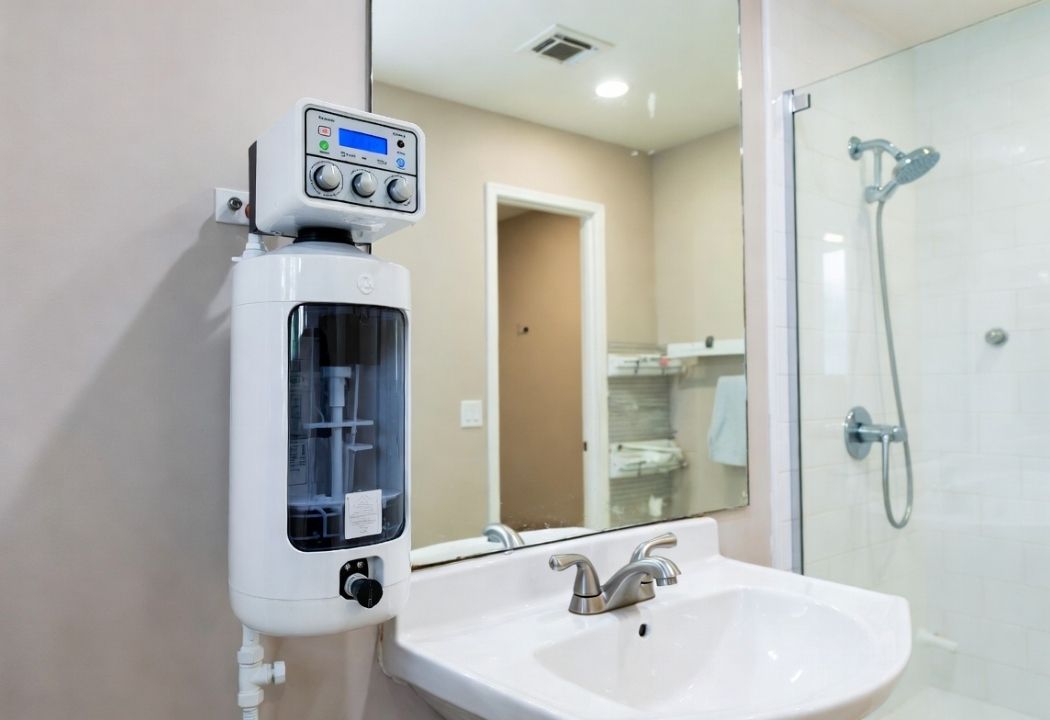Thinking of sprucing up your living room with a bit of color? You might be wondering if blending multiple colors in one space is a good idea. The short answer? Yes, you can paint a living room in different colors, and it can actually be a fantastic way to add personality, depth, and texture to your space. But before you grab your paint roller, there are a few tips and tricks to keep in mind to ensure your room flows cohesively.
This blog will explore whether using different colors in one living room is a design success or disaster. You’ll learn how to combine colors tastefully, select hues that complement your style, and apply practical techniques to make your vision come to life.
The Psychology of Color in Living Spaces
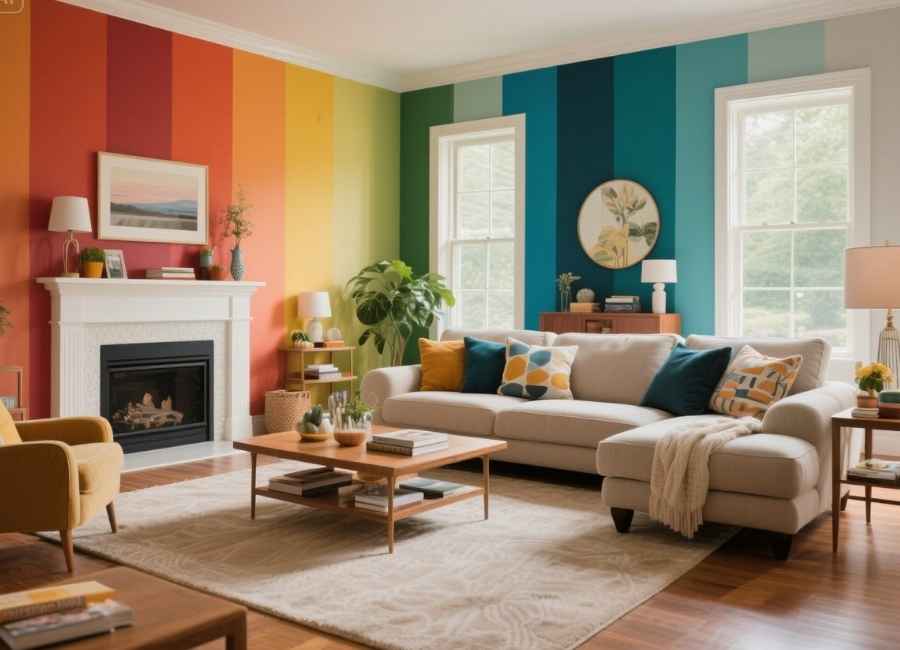
Colors influence not just how a space looks but also how it feels. The living room is often the heart of the home, where you relax, gather, and entertain. Therefore, the colors you choose for this space can impact its overall mood and energy.
- Warm Tones (e.g., yellows, oranges, warm reds): These colors can make a room feel cozy, welcoming, or even dynamic.
- Cool Tones (e.g., blues, greens, purples): Perfect for evoking calmness, serenity, or sophistication.
- Neutral Tones (e.g., beige, gray, white): A classic choice for creating balance and letting furniture or accents pop.
Adding more than one color to the mix allows you to combine moods and create zones in a room. For example, warm tones around the seating area and cool tones in a reading nook could strike the perfect balance.
Why Use Different Colors in One Room
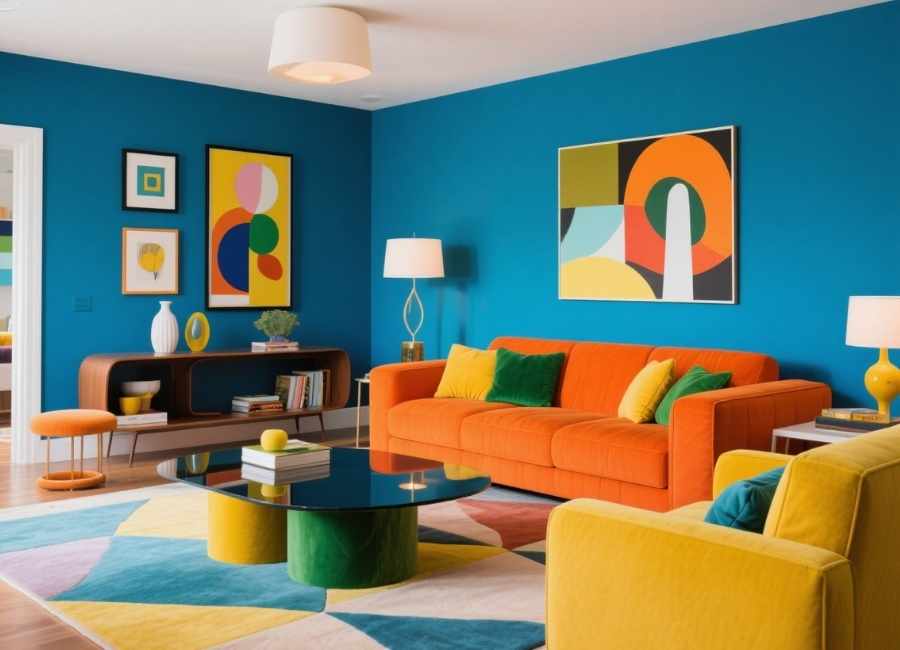
If done correctly, painting a living room in different colors can bring your space to life. Here’s why it works:
Adds Depth and Dimension
Pairing two or more shades strategically can make your space appear larger, brighter, or more stylish. For example, an accent wall painted a bold color draws the eye and creates a focal point in the room.
Defines Zones in Open Floor Plans
For homes with open layouts, blending colors is a clever way to define spaces without putting up walls. Use one color to distinguish the living room and a complementary tone to highlight the adjacent dining space.
Personalizes the Space
Your living room is an extension of your personal style. Incorporating a variety of colors allows you to make the room uniquely yours, whether you love earthy tones, vibrant eclectic blends, or a modern monochrome palette.
Tips for Combining Colors in a Living Room
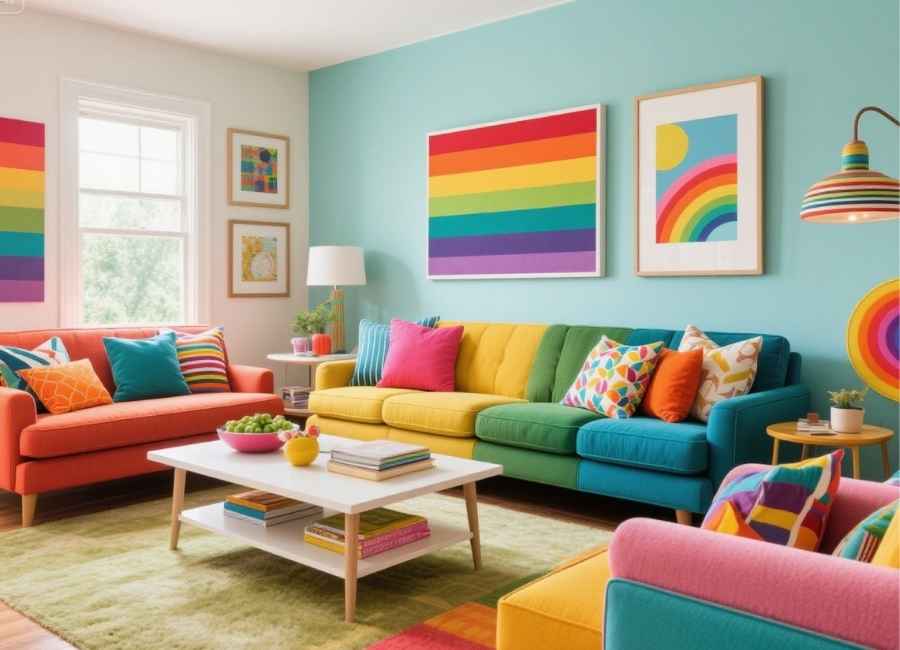
Now that you know why using multiple colors can be beneficial, the next step is learning how to pull it off without turning your living room into a chaotic rainbow.
1. Choose a Color Palette
Start by choosing a base color and 1–2 additional complementary or contrasting shades.
- Monochromatic Scheme: Pick one color but vary its shades (e.g., light and dark gray).
- Complementary Scheme: Choose colors opposite each other on the color wheel (e.g., blue and orange).
- Analogous Scheme: Use colors next to each other on the wheel, like green, light blue, and teal.
Pro Tip: Use tools like a digital color wheel or online color palette generators to find inspiration.
2. Decide on Wall Placement
Where you use these colors matters.
- Accent Wall: Paint one wall a bold or contrasting shade while keeping the others neutral to create a focal point.
- Color Blocking: Divide your walls horizontally or vertically and paint each section a different shade.
- Hidden Corners: Use bolder colors for corners or areas that don’t get as much attention (like behind bookshelves).
3. Balance with Neutrals
If you’re using vibrant colors, balance the boldness with neutral tones. Painting three walls white and one wall yellow can be far less overwhelming than painting the whole room yellow. Similarly, incorporate neutral furniture or rugs to soften the overall look.
4. Use Paint Finishes Creatively
You can keep all your walls the same color but play with finishes to create subtle contrasts. For instance, try using a matte paint on most walls and a satin finish on the accent wall to reflect light differently.
5. Consider Natural Light
The amount and direction of light in your living room can change how colors appear. Test your chosen shades at different times of the day to ensure they look good in various lighting conditions.
6. Tie It Together with Decor
Harmony isn’t just in the walls. Use your furniture, throw pillows, curtains, and artwork to bring the colors together. For instance, if you paint one wall navy blue, incorporate navy throw pillows or a patterned rug with some blue elements in the design.
Mistakes to Avoid
Painting a living room with multiple colors has its challenges. Avoid these common pitfalls to ensure your design looks professional and cohesive.
- Too Many Colors: Limit your palette to three shades. Anything more can feel overwhelming.
- Ignoring Undertones: Some colors clash due to undertones. For example, a yellow with green undertones might look odd against an orange with red undertones.
- Skipping Paint Samples: Always test paint swatches on your walls before committing to a color.
Inspiring Living Room Color Combinations
Need some inspiration? Below are a few tried-and-true color combos that work well together.
- Sophisticated Neutrals: Soft gray, crisp white, and black accents for a modern, chic look.
- Earthy and Calm: Sage green, warm taupe, and cream tones bring a natural and serene vibe.
- Bold and Playful: Deep navy, mustard yellow, and coral for an eclectic feel.
- Timeless Elegance: Dark teal, gold accents, and off-white trim for a luxurious aesthetic.
- Bright and Airy: Sky blue, sunny yellow, and pure white for a cheerful and open feel.
Give it a Try
Painting your living room with multiple colors is not just doable but incredibly rewarding when done thoughtfully. By combining planning, creativity, and proper execution, you can design a living room that feels cohesive, inviting, and true to your style.
But before you break out the paintbrushes, remember that experimenting with colors takes a bit of patience and testing. Visit a store to sample some shades, or better yet, consult a designer or use interactive apps to visualize the end product.
Your home deserves to reflect your personality—one beautiful color at a time. If you’re ready to turn your living room into a masterpiece, there’s no better time than now.







